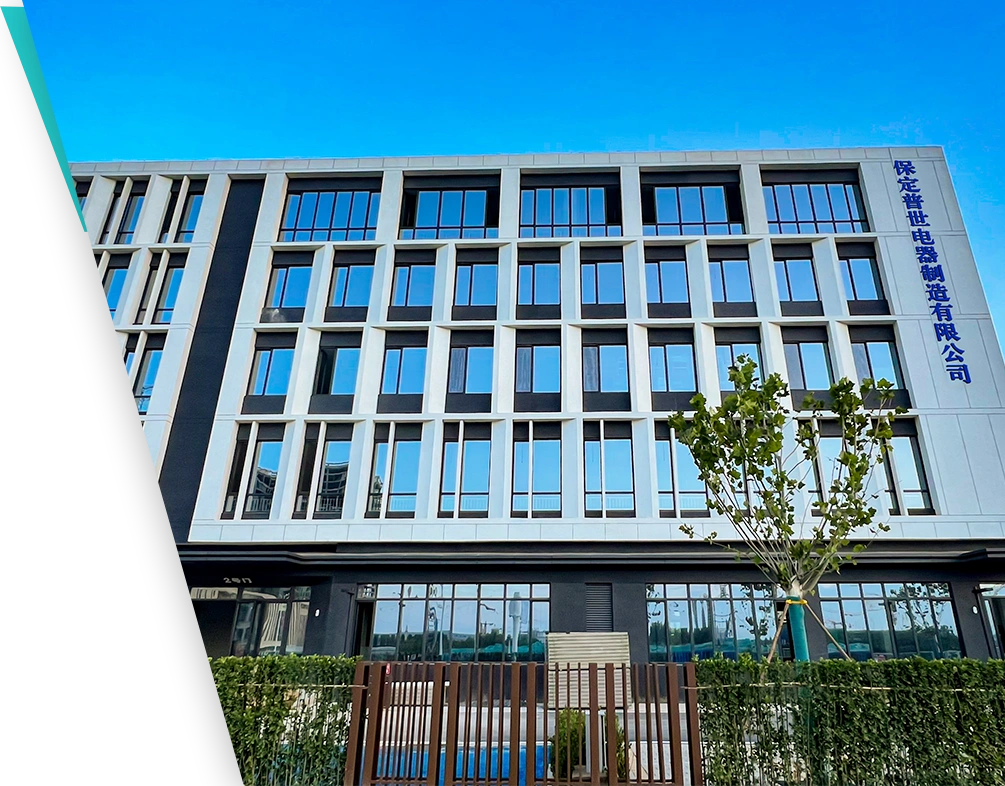 English
English


gas chromatograph
Understanding Gas Chromatography A Powerful Analytical Technique
Gas chromatography (GC) is a widely used analytical method that enables the separation and analysis of volatile compounds in a mixture. This technique is paramount in various fields, including environmental monitoring, food safety, pharmaceuticals, and petrochemical analysis, due to its precision, sensitivity, and speed.
At its core, gas chromatography relies on the principle of vaporization and separation of components in a gaseous state. The process begins with the sample being injected into the chromatograph, where it is vaporized. The gaseous mixture is then carried through a column by an inert gas, often helium or nitrogen, which serves as the mobile phase. Within the column, the sample interacts with a stationary phase, which is typically a liquid or solid coating the inner walls of the column. Different compounds in the sample will interact with the stationary phase at varying degrees, resulting in different migration rates. As a result, the components of the mixture are separated based on their boiling points and affinities for the stationary phase.
The effectiveness of gas chromatography hinges on the design of the column, the choice of stationary phase, and the operational parameters, such as temperature and pressure. These factors influence the resolution and efficiency of the separation. Columns come in various lengths and diameters, with different packing materials tailored for specific types of analyses. Scientists can adjust the temperature throughout the run, a technique known as temperature programming, to optimize separation.
gas chromatograph

Once the components are separated, they are detected by a detector at the end of the column. Common detectors include flame ionization detectors (FID), mass spectrometers (MS), and thermal conductivity detectors (TCD). Each detector has its strengths FID is highly sensitive to organic compounds, while mass spectrometry adds a layer of molecular identification, making it possible to analyze complex mixtures with greater accuracy.
Gas chromatography is particularly useful for identifying trace levels of chemicals, making it invaluable in forensic science, where it can detect substances in biological samples, or in environmental science, where it monitors pollutants in air, water, and soil. In the food industry, GC can be used for flavor and fragrance analysis, determining the composition of essential oils, or identifying contaminants, thus ensuring product safety.
One limitation of gas chromatography is its inability to analyze non-volatile or thermally unstable compounds directly. However, this can often be addressed with sample preparation techniques, such as derivatization, which modifies the sample to enhance its volatility or stability.
In summary, gas chromatography is a robust analytical tool that provides critical information across various scientific disciplines. Its ability to separate and quantify complex mixtures at trace levels makes it an essential technique for researchers and industries concerned with quality and safety. As technology advances, gas chromatography continues to evolve, integrating with other analytical methods to enhance its capabilities and broaden its applications.
-
Differences between open cup flash point tester and closed cup flash point testerNewsOct.31,2024
-
The Reliable Load Tap ChangerNewsOct.23,2024
-
The Essential Guide to Hipot TestersNewsOct.23,2024
-
The Digital Insulation TesterNewsOct.23,2024
-
The Best Earth Loop Impedance Tester for SaleNewsOct.23,2024
-
Tan Delta Tester--The Essential Tool for Electrical Insulation TestingNewsOct.23,2024





